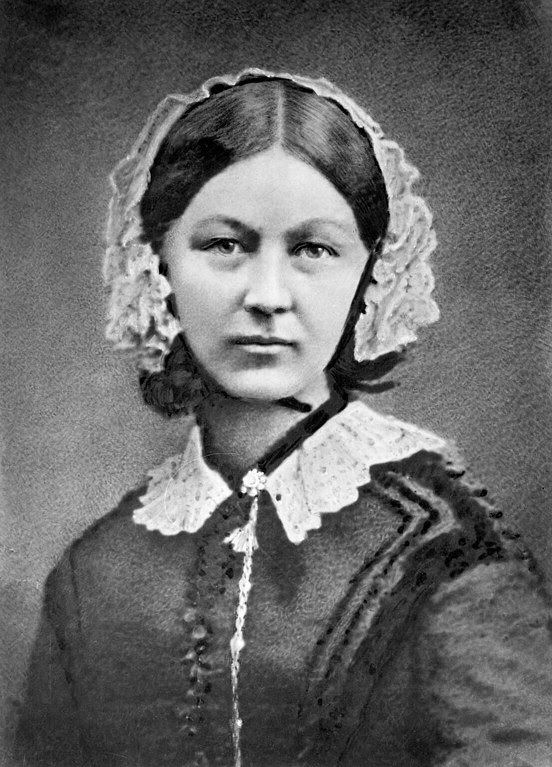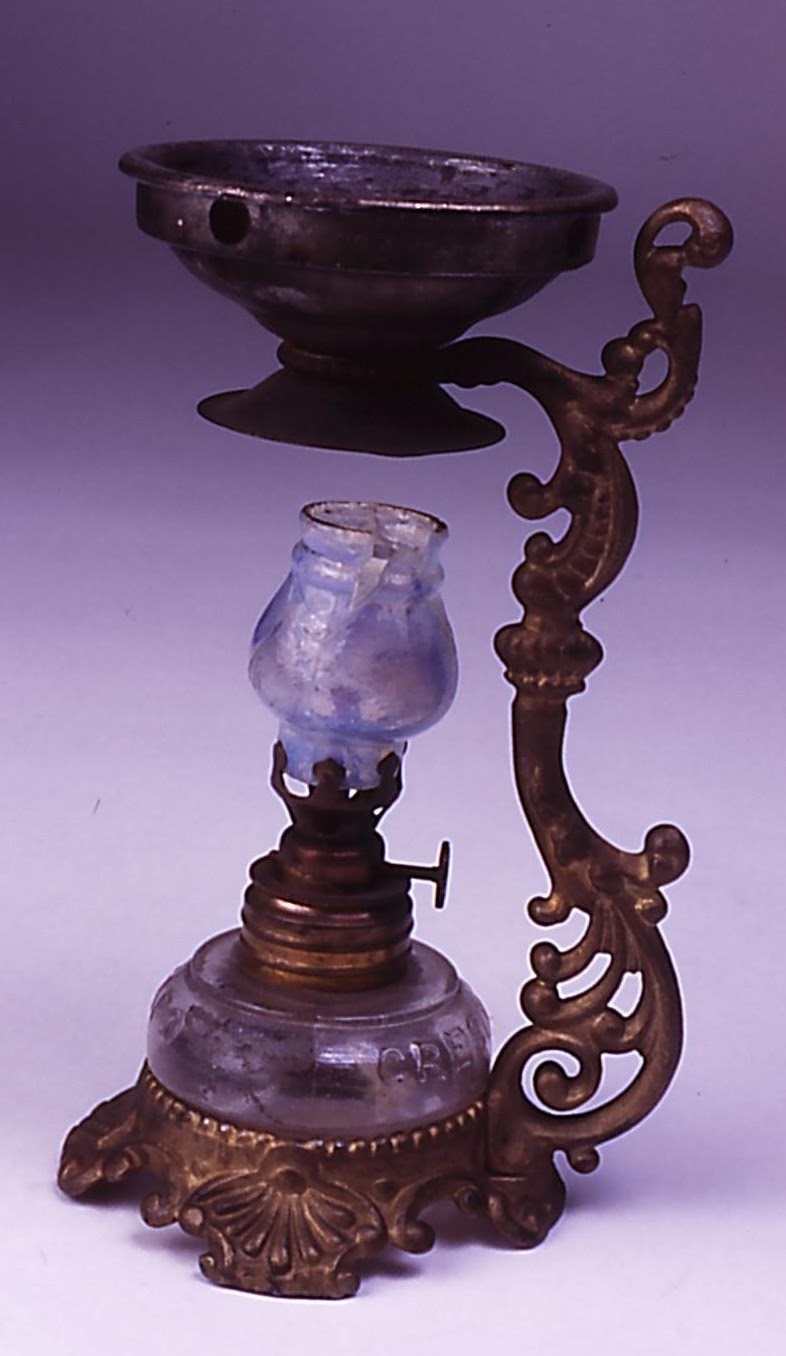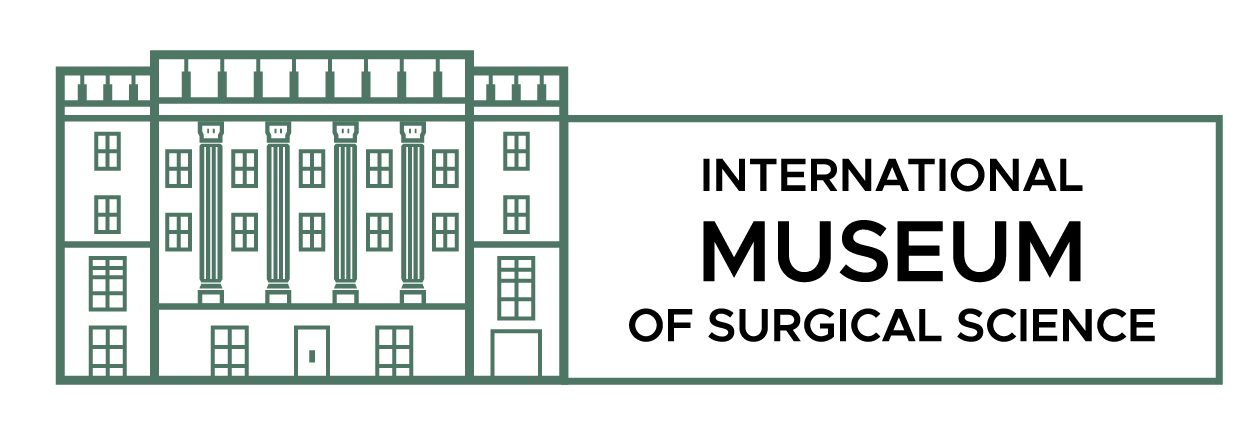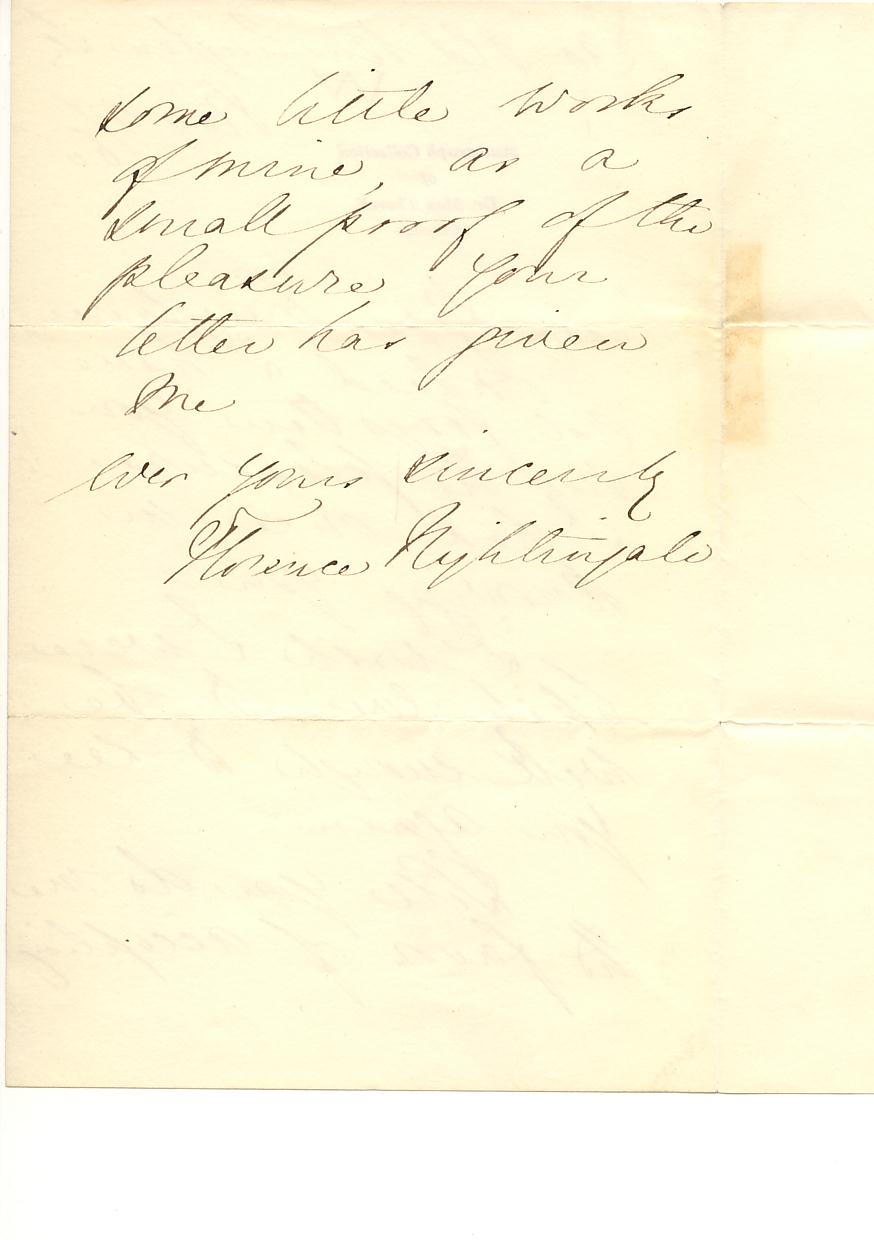Published by Erin Newton
While surgical textbooks and treatise on diseases can tell us much about the history of medicine, it is important to remember that the men and women who labored in medicine—as doctors, surgeons, nurses and midwives—are as much a historical object as the procedures and theories of the body. In addition to the biographies and memorials, which offer an official and structured look at human lives and experiences, historians often use letters and personal writing as a means of historical analysis. Letters can represent a slice of daily life; they can be used to raise disputes or resolve tensions. They can narrate experiences; they can instruct others. [1] Moreover, in a library full of the of the life works of thousands of men and women across the centuries, it can be a refreshing change to examine aspects of life through the handwritten words of an individual, especially one whose own trials and suffering in a changing era of medicine shaped not only her own perspective on health and illness, but has impacted each interaction between medical practitioners and patients in the years since.

“Florence Nightingale at approximately 40 years old.” Henry Hering. Florence Nightingale. Circa 1860. Collection National Portrait Gallery, London.
Florence Nightingale (1820-1910) was an English nurse and social reformer who shaped modern nursing practice. As an army nurse serving in the Crimean War (1853-56), she was derisive of the conditions found in the battlefield camps, which were filthy and inadequately supplied as well as often overcrowded with injured soldiers. Nightingale organized the nurses under her charge to clean the wards and set standards for cleanliness through regular bathing and constant replenishing of fresh bandages. She also emphasized the need for clean air and good food as a part of proper healing. Her habit of walking around the wards at night, checking the wounded soldiers and earning her the title “Lady with the Lamp.” [2] After returning from the war, she wrote Notes on Nursing: What It Is and What It Is Not (1859), which contained practical advice for nurses at home and in hospitals as well. Nightingale went on to found a nursing school and throughout the rest of her life worked as a social activist for the poor and for women in British society.

Historical lamp used in hospitals. Vapo-Cresoline vaporizer, also known as a “Sick Room Lamp,” 1890. Collection of the International Museum of Surgical Science.
The letters left in the Museum’s collection, curated by Max Thorek himself, present a very different side of Nightingale,as a woman whose chronic battle with depression and brucellosis (a bacterial infection that causes fevers and intense swelling and pain in the joints) made her feel like she was on the cusp of death at several points in her life. [3] Writing to her friend Mrs. Truelove in 1860, she writes, “I wish I were likely ever to be well enough to see you again. Will you do me the favor of accepting some little works of mine, as a small proof of the pleasure your letter has given me.” [4] Despite the fact that she would live another fifty years, it is clear that Nightingale despaired her illness, a recurring theme in her personal letters to friends and relatives. Considering that the likely source of her illness was her time in the Ottoman Empire—the very place where she made a name for herself—her daily struggle with her own health doubtless played an important part in her view of the role of nurses in prioritizing the mental health of patients. Indeed, in Notes on Nursing, she includes an entire section on visiting with patients, including specific recommendations for communicating with them.
Do, you who are about the sick or who visit the sick, try and give them pleasure, remember to tell them what will do so. How often in such visits the sick person has to do the whole conversation, exerting his own imagination and memory, while you would take the visitor, absorbed in his own anxieties, making no effort of memory or imagination, for the sick person. […] I do not say, don’t tell him your anxieties—I believe it is good for him and good for you too; but if you tell him what is anxious, surely you can remember to tell him what is pleasant too. [5]
The importance of the spirit to the health of the body is clear to Nightingale, and it is reinforced in her personal communication as she demonstrates through the cheer that she gets from the letters of others.
Letters from Nightingale to one of her closest friends, Mrs. Truelove, expressing her gratitude for their friendship. Florence Nightingale. A.L.S. to Mrs. Truelove. 1½ pp, 8vo, w. Addressed envelope. (London) November 5, 1860. Collection of the International Museum of Surgical Science.
However, despite this suffering, Nightingale was not without a sense of humor. During her time in Balaklava, she found herself in the position of attempting to book passage on a ship for a Newfoundland dog “of huge size.” [6] As she explains, “His master (one of those many Medical Officers, who have persecuted my work and maligned my name) was ordered home In charge of sick, & left his dog in charge of me, who am the “Refuge for Orphans & the Asylum for the Widdy”, charging me to send him the dog. The dog cannot write. Is there a Quarter-Master General for dogs?” [6]
Personal letters can serve an important role in the construction of historical narrative, but they can also give us insight into those who inspire and influence us. The letters of Florence Nightingale, handwritten and preserved through the museum, show that a woman who is now renowned as a figurehead in nursing was also a woman whose own ups and downs were not unlike what most of us experience on a daily basis. They remind us that she truly lived.
Notes:
[1] For more on the use of letters in historical and literary analysis, see David Barton and Nigel Hall, “Introduction,” in Letter Writing As a Social Practice (Amsterdam/Philadelphia: John Benjamins Publishing Company, 2000) and Bruce Redford, The Converse of the Pen: Acts of Intimacy in the Eighteenth-Century Familiar Letter, A Chicago Original Paperback (Chicago: University of Chicago Press, 1986).
[2] Encyclopedia Britannica. “Florence Nightingale | Biography & Facts.” Accessed March 11, 2020. https://www.britannica.com/biography/Florence-Nightingale.
[3] For more on brucellosis, see Mayo Clinic. “Brucellosis – Symptoms and Causes.” Accessed March 11, 2020. https://www.mayoclinic.org/diseases-conditions/brucellosis/symptoms-causes/syc-20351738.
[4] Florence Nightingale. A.L.S. to Mrs. Truelove. 1½ pp, 8vo, w. Addressed envelope. (London) November 5, 1860. Collection of the International Museum of Surgical Science.
[5] Florence Nightingale Notes on Nursing: What It Is, and What It Is Not, 2005. http://www.gutenberg.org/ebooks/17366.
[6] Florence Nightingale. A.L.S. to Col. Pross of 93 Highlanders 3 pp. 8vo. (with address on the verso). Balaklava, June 18, 1856. Collection of the International Museum of Surgical Science.
Erin M. Newton is a current Library Collections Intern at the International Museum of Surgical Science. She is a Ph.D. Candidate in History at the University of Chicago and is preparing to go to Japan to do research for her dissertation, which examines the medicalization of touch in Japanese nursing throughout the twentieth century. She is also interested in gender and narrating the histories of women in medicine.




